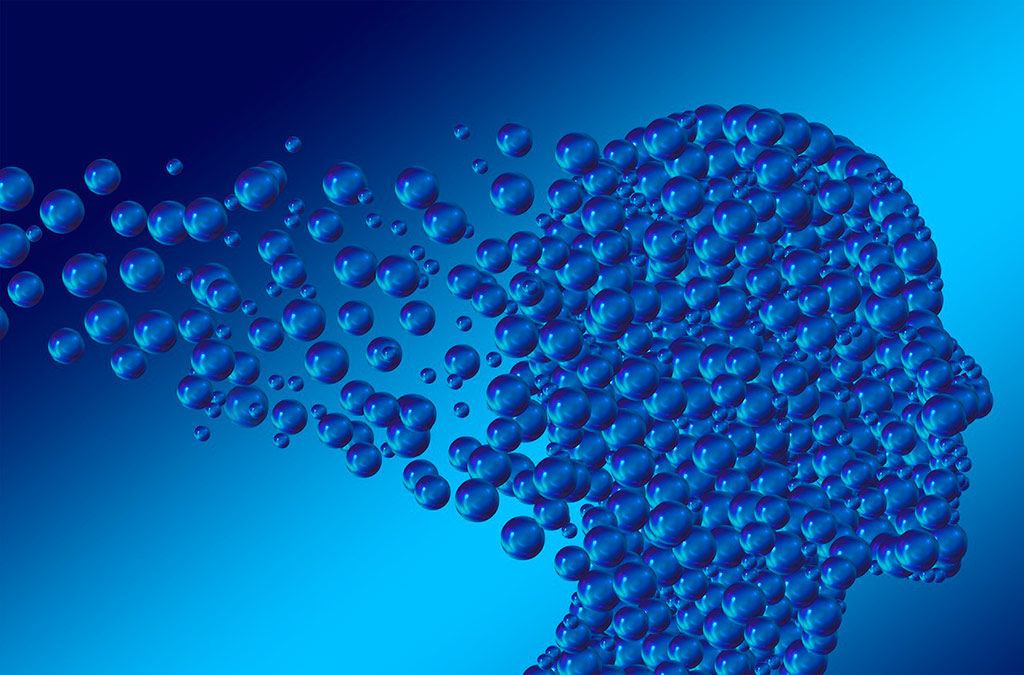The Fascial Manipulation Method is a publication featuring actual case reports. This publication is dedicated to the deepening our understanding of the common dysfunctions we encounter in our clinical practice, how they present and how they can be treated with Fascial Manipulation. Professionals tell us their cases, accurately describing the patients symptomatology, the working plan they have chosen and the results obtained due to the treatment. The names of the patients have been modified for privacy reasons
Clinician: Bellini Zilla
D.B. is a 43-year-old female patient. She is a mother of a 16-year-old boy and a housewife. She currently does not practice any sport.
The patient presents to my office with pain in the chest, on the left hemithorax (on the anterior) which radiates to the left shoulder (antero-lateral region) to her hand. These symptoms date back to about 6 years ago reappearing intermittently with varying intensity regardless of time of day. The patient does not report any particular events or traumas attributable as the initiating factor. Pain level is from 4 to 9 of the VNS. The symptoms appear, in particular, after performing and maintaining arm elevation movements (e.g. driving, settling objects placed over the head). The symptoms can last for a time after the provocative movement or position ends, does not pass with drugs and does not improve with change of postures or movements. Also, when pain occurs with strong intensity, she has the feeling of not being able to breathe. This is accompanied by episodes of reflux. For this problem, the patient has undergone various testing procedures, the last one, one year ago, an MRI of the cervical spine. Two disc protrusions were found but, based on a neurological examination, were not found to be the cause of the painful symptoms described.
Concomitant to this problem, the patient complains of neck pain at least once a month, which leads to a severe bedrest-compelling migraine (VNS 9). Medication of choice for this is ibuprofen.
In the data collection there are no noteworthy traumas or interventions.
FIRST TREATMENT
After the interview, I perform with the motor check. I choose to carry out some motor tests on the upper limbs, by putting resistance in the movements of elevation (the functional gestures, which trigger the painful symptoms, described in MPM (Most Painful Movement), are not usable as it also appears long after having performed them). There is a slight deficit of strength on the left compared to the right.
Given the dysfunctions related to the respiratory (ARE) and digestive (ADI) systems, I hypothesize an interest in the visceral sequence. But, in order to orient myself on which of the two apparatuses is more involved and which catenary interferes with the function of that apparatus, I have to carry out a palpation verification on the 3 catenaries.
The first palpation verification is carried out on the 3 covering catenaries on the right and left of the trunk: an-me-th2, an-me-lu2, an-me-pv2+ an-la-th2 bi **, an-la- lu2, an-la-pv2 + ir-th bi *, irlu, ir-pv. I observe involvement of the 2 catenaries above the chest and therefore I hypothesizes an ARE problem. But, in order to choose one, we proceed with the second palpation verification on the control catenaries: an-me-cp2, an-me cp3, an-me-cl + an-la-cp2 lt *, an-la-cp3, an-la-cl lt * + ir-cp2, ir-cp3, ir-cl. This confirms the involvement of the latero-lateral catenary.
Furthermore, since the points of the trunk and head are sensitive, the third palpation verification was carried out on the hinge points around the shoulder girdle of the chosen tension line: an-la-sc lt **, an-la-hu, an-sc, an-hu , la-sc rt **, la-hu; and finally the fourth palpation test on the distal tensors of the upper limb: an-la-ca1-2 bi **, an-ca, la-ca lt *.
Palpation of the catenaries shows a marked positivity for the latero-lateral line. The points that are worse are mostly in the left hemisoma and in the segments of the scapula, thorax and carpus.
I have enough elements to start my treatment so I decide to proceed as follows: I treat an-la-th2 bi, an-la-sc lt, an-la-ca1-2 bi.
At this point I repeat the motor verification, noting an improvement in strength on the left, confirmed by the patient’s feedback.
I then palpate and treat the posterior catenaries of the same tension line chosen previously. I find la-th bi ** responsive. I conclude the treatment with the manipulation of these 2 CCs.
At the end of the treatment, the patient feels a sensation of liberation in terms of breathing and chest mobility.
SECOND TREATMENT
A week later, I see the patient again and she reports that she has maintained that sensation of unblocking in the chest with an improvement in the sense of dyspnea. Further, she denies episodes of reflux.
I repeat the motor verification, noting the maintenance of the improvement of excursion and muscle strength in the upper limbs. Repeating the palpation verification, I confirm that the worst points are still in the latero-lateral line, especially in the segment cp, cl.
I therefore decide to continue with the treatment of the tensor chosen in the aforementioned segments: an-la-cp2 lt, an-la-cl lt. I also check the same tension line on the posterior. I find and treat re-la-th right.
At the end of the treatment I get a clear improvement in the movements of the superior limbs in elevation.
THIRD TREATMENT
The patient reports that she has no longer experiences pain following postures maintained with the upper limbs in elevation, neither while driving nor during house cleaning work.
She also adds that the pain in the chest is greatly decreased in both frequency and intensity (VNS 2) and does not radiate into the left upper limb.
Even the headache have subsided. Since our first session, she reports only one episode and not as disabling as the previous ones (VNS 3). She did not have to take drugs to manage it.

